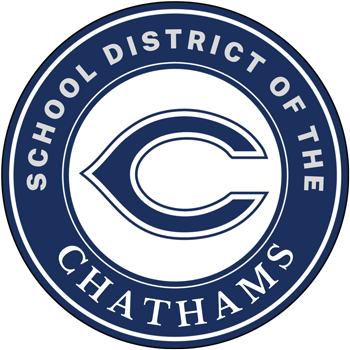Preschool
Philosophy:
The Chatham Preschool Program has been designed to offer children the highest quality preschool education in a secure, nurturing and stimulating environment. Learning is facilitated by giving children the opportunity to be part of a community of learners, make choices about which activities and materials they will use, allowing children to establish independence, self-esteem, and confidence while encouraging learning at a child’s own pace. The program utilizes a curriculum based on the premise that young children learn best through engagement.
Curriculum:
The program curriculum has been designed and developed according to the guidelines and expectations outlined in the New Jersey Department of Education’s 2014 Preschool Teaching and Learning Standards. The aim of these standards is to maximize young children’s learning and development, providing each child with a foundation for current and future school success.
The School District of the Chathams has adopted The Creative Curriculum for Preschool, which is a scientifically based and research-tested model for early childhood programs serving children ages 3 – 5. The Creative Curriculum for Preschool focuses on how children develop and learn in terms of the four major areas of child development – social/emotional, physical, cognitive, and language, as well as the characteristics and experiences that make each child unique. The curriculum specifies content to be taught in the following areas, all according to New Jersey Preschool Teaching and Learning Expectations:
Literacy: vocabulary and language, phonological awareness, letters, words, print, comprehension, and books and other texts as sources of enjoyment
Mathematics: numbers, patterns, and relationships, geometry, and spatial awareness, measurement, and data collection, organization, and representation
Science: physical science, life science, earth and the environment
Social Studies: spaces and geography, people and how they live, people, and the environment, and people and the past
The Arts: dance, music, drama, and the visual arts
Technology: awareness of technology, basic operations and concepts, technological tools, and people and technology
The program provides the children with an environment that is nurturing and stimulating. The physical classroom is divided into interest areas that allow the children to explore, make things, experiment, and pursue their own interests. Children can choose quiet activity areas such as: the library, art, or toys and games or areas for active engagement such as: dramatic play, block building, music and movement, and discovery area.
The program gives the children opportunities to investigate the world around them and learn through purposeful play. The children are able to learn new concepts and skills and practice what they have learned everyday. Children learn best when they are self-motivated so teachers create extensive opportunities for children to make discoveries and initiate learning through a combination of child-directed and teacher-directed learning as well as teacher interaction with the children.
Teachers are aware of developmental levels, individual strengths, and needs based upon constant observation and assessments. They design their lessons based upon the children’s interests and their individual needs.
Resources
a multisensory, developmentally appropriate program teaching the foundational skills for future handwriting
Build children’s confidence, creativity, and critical thinking skills through hands-on, project-based investigations.
